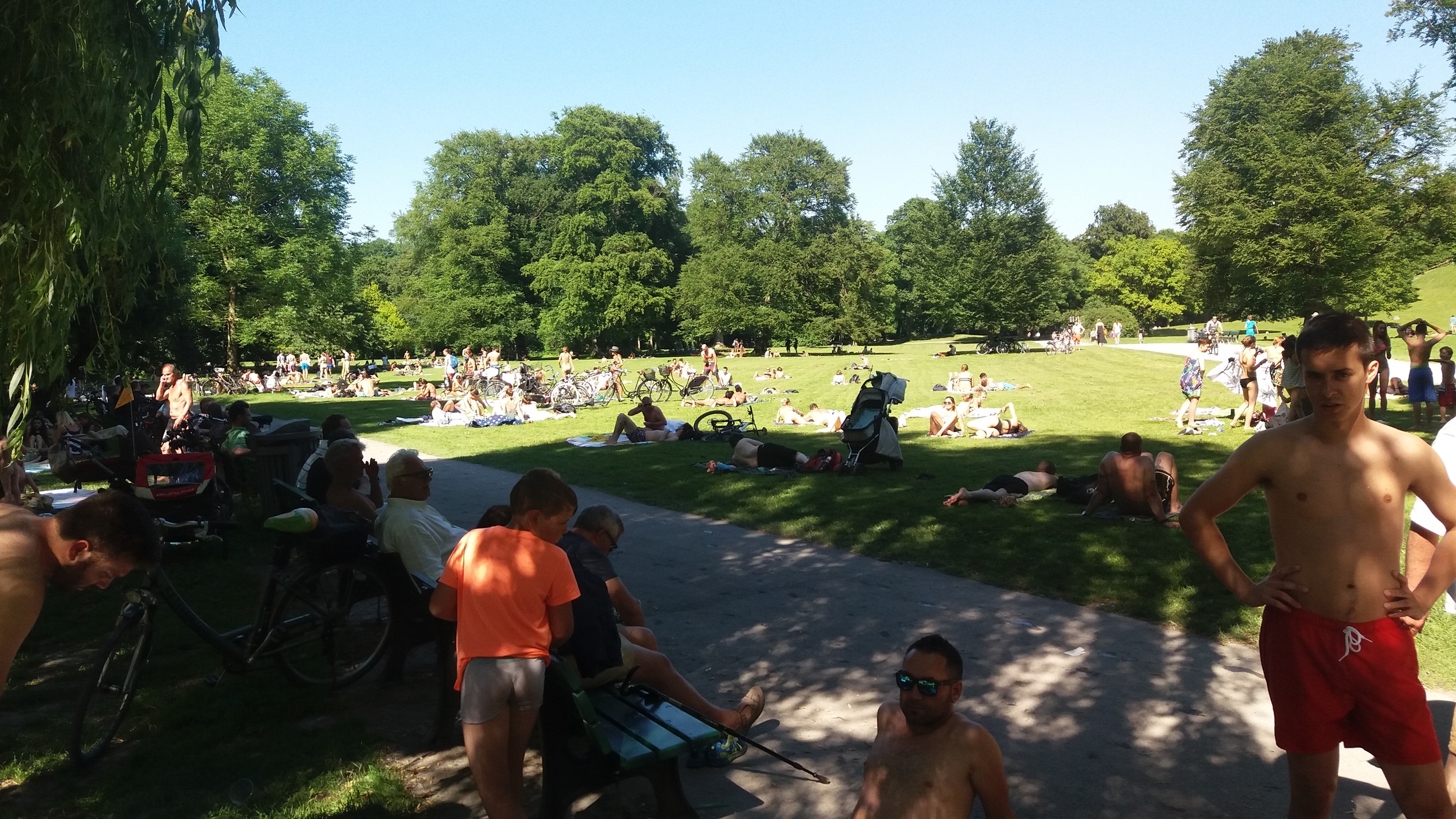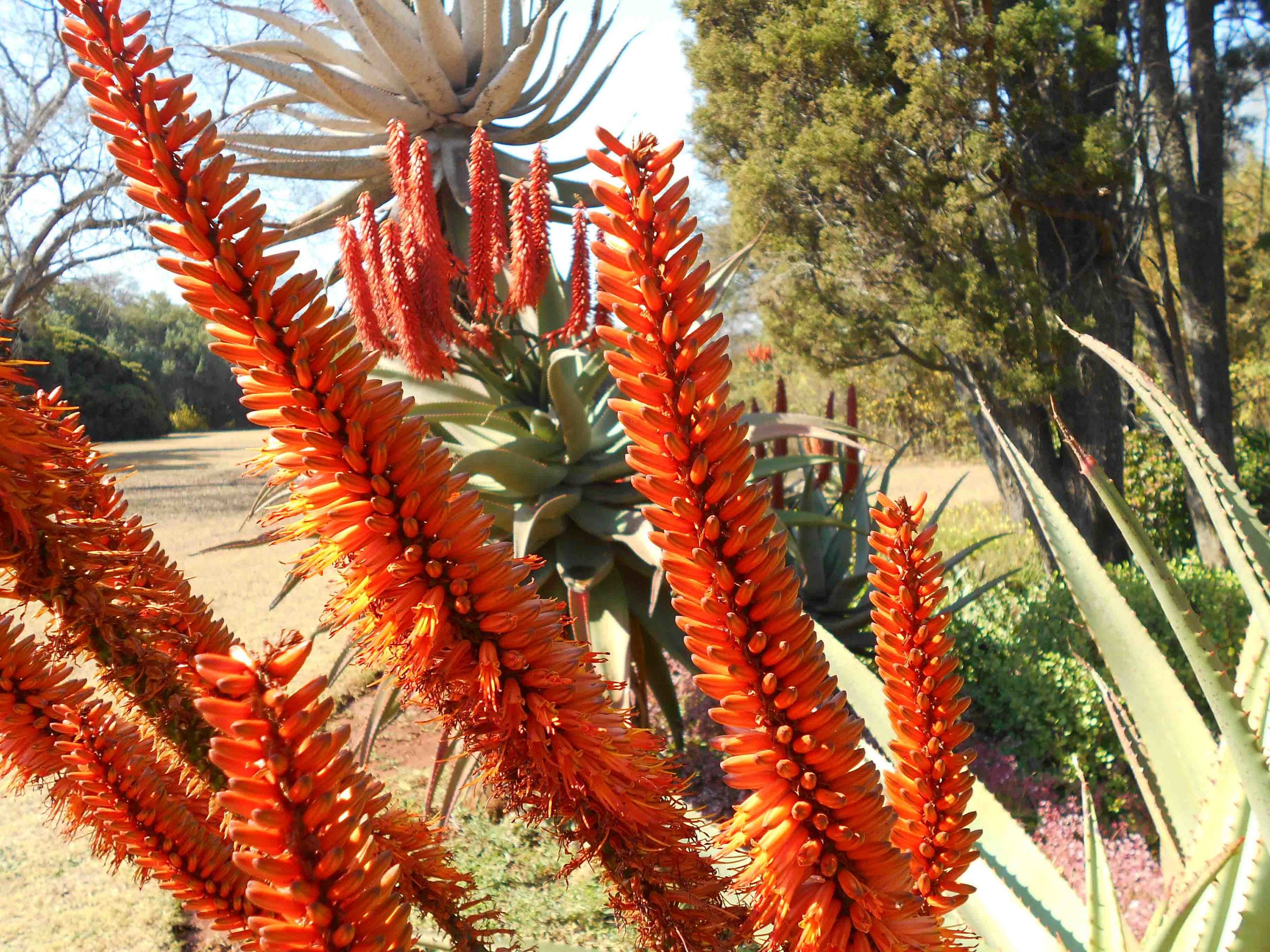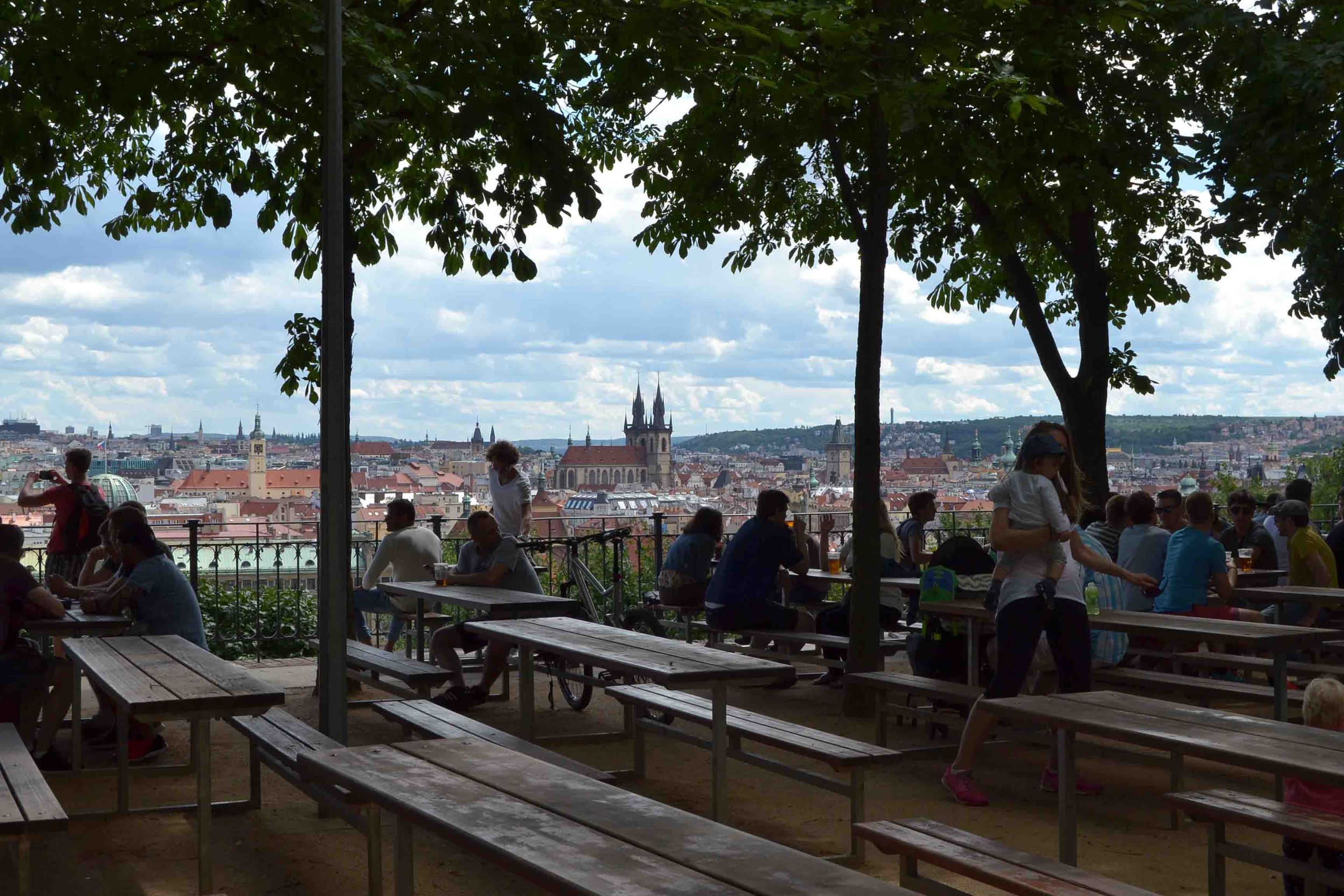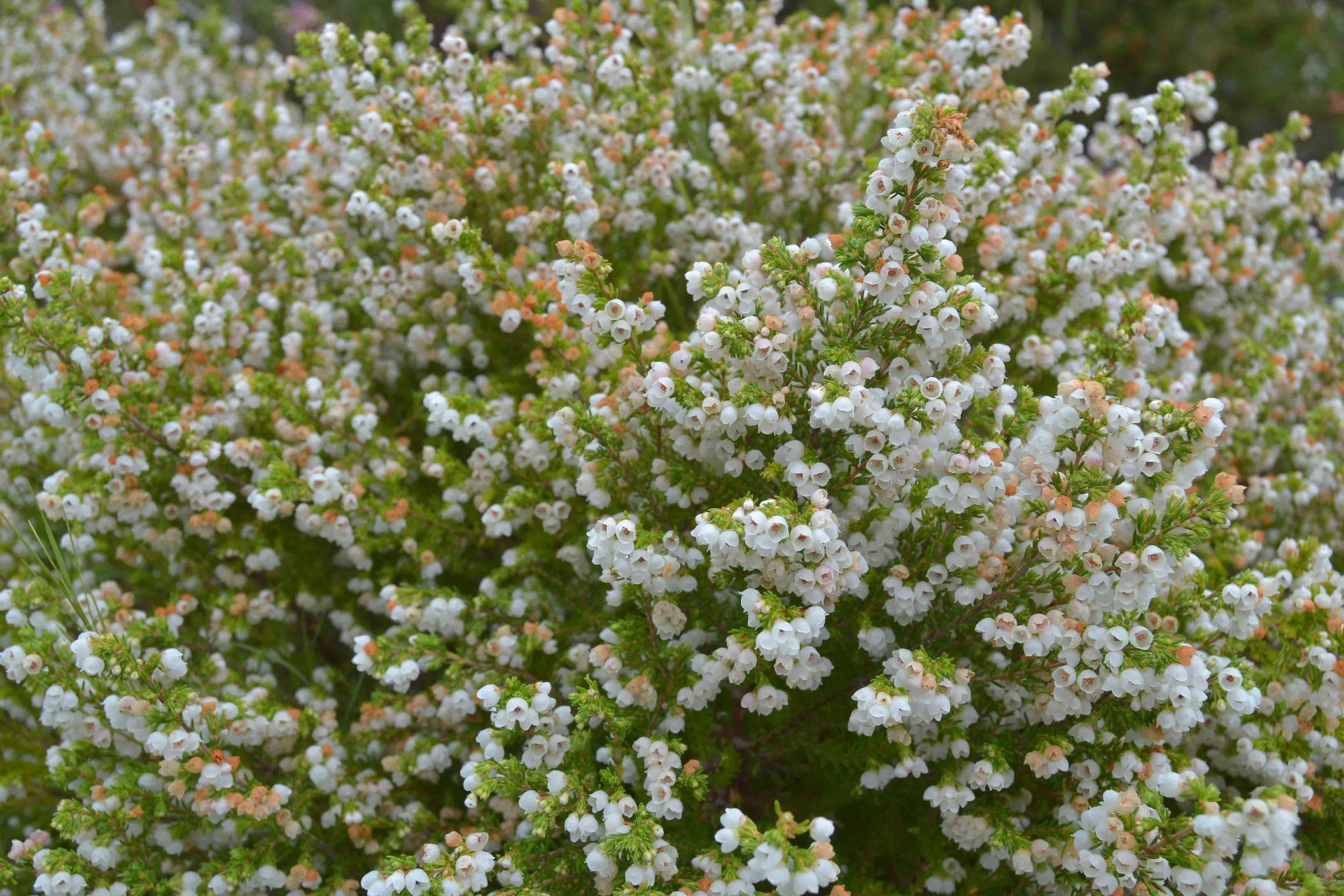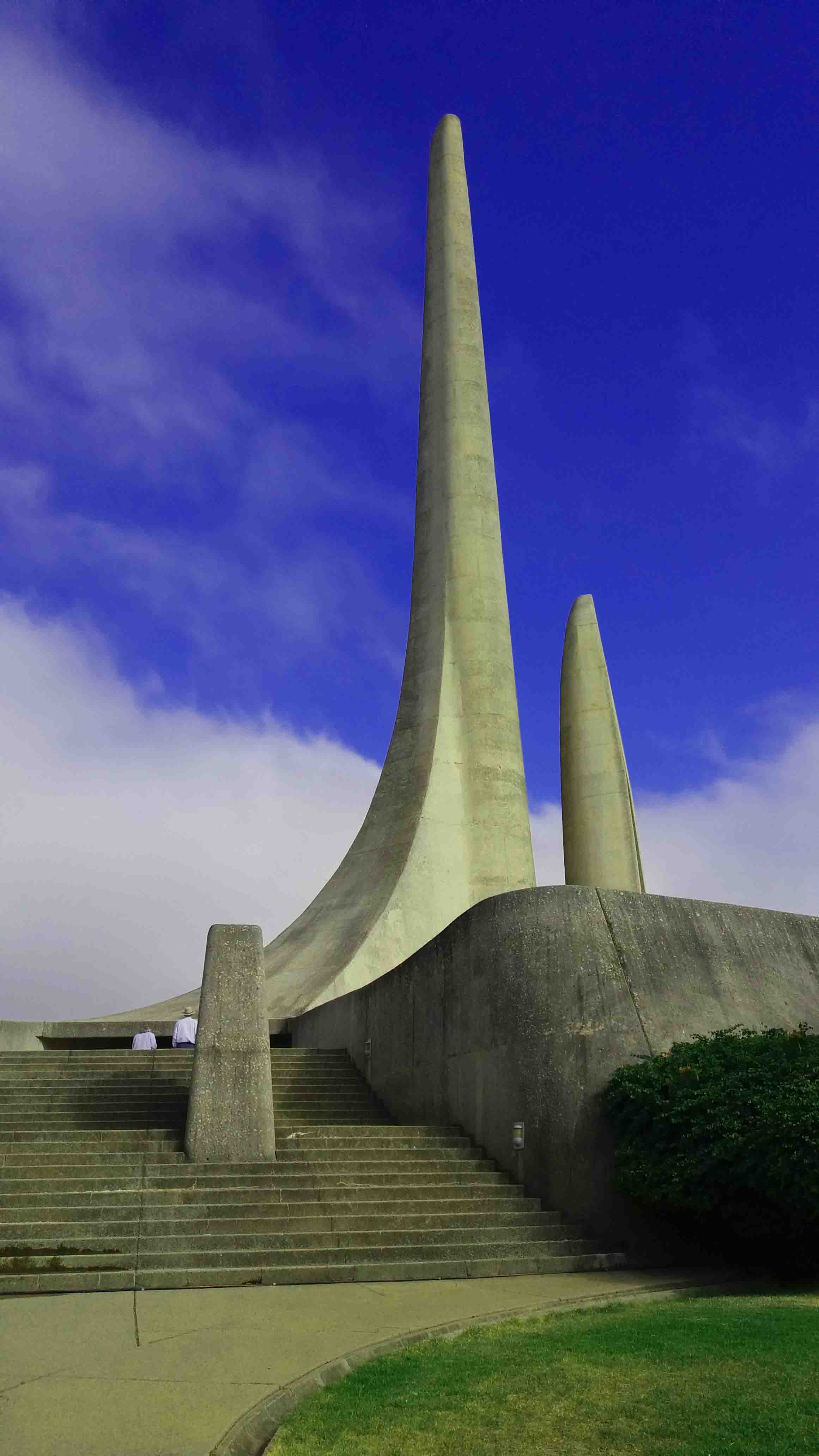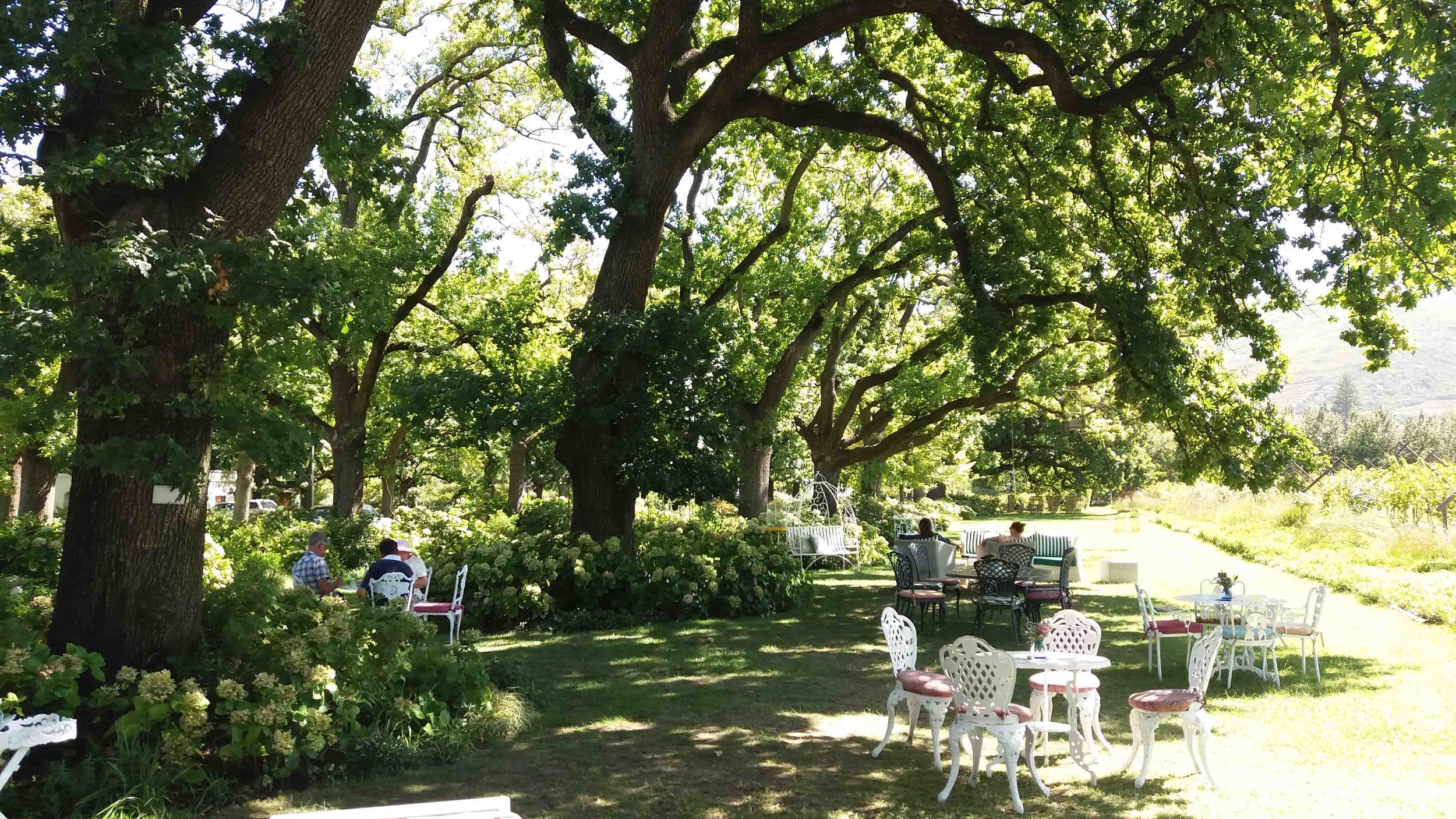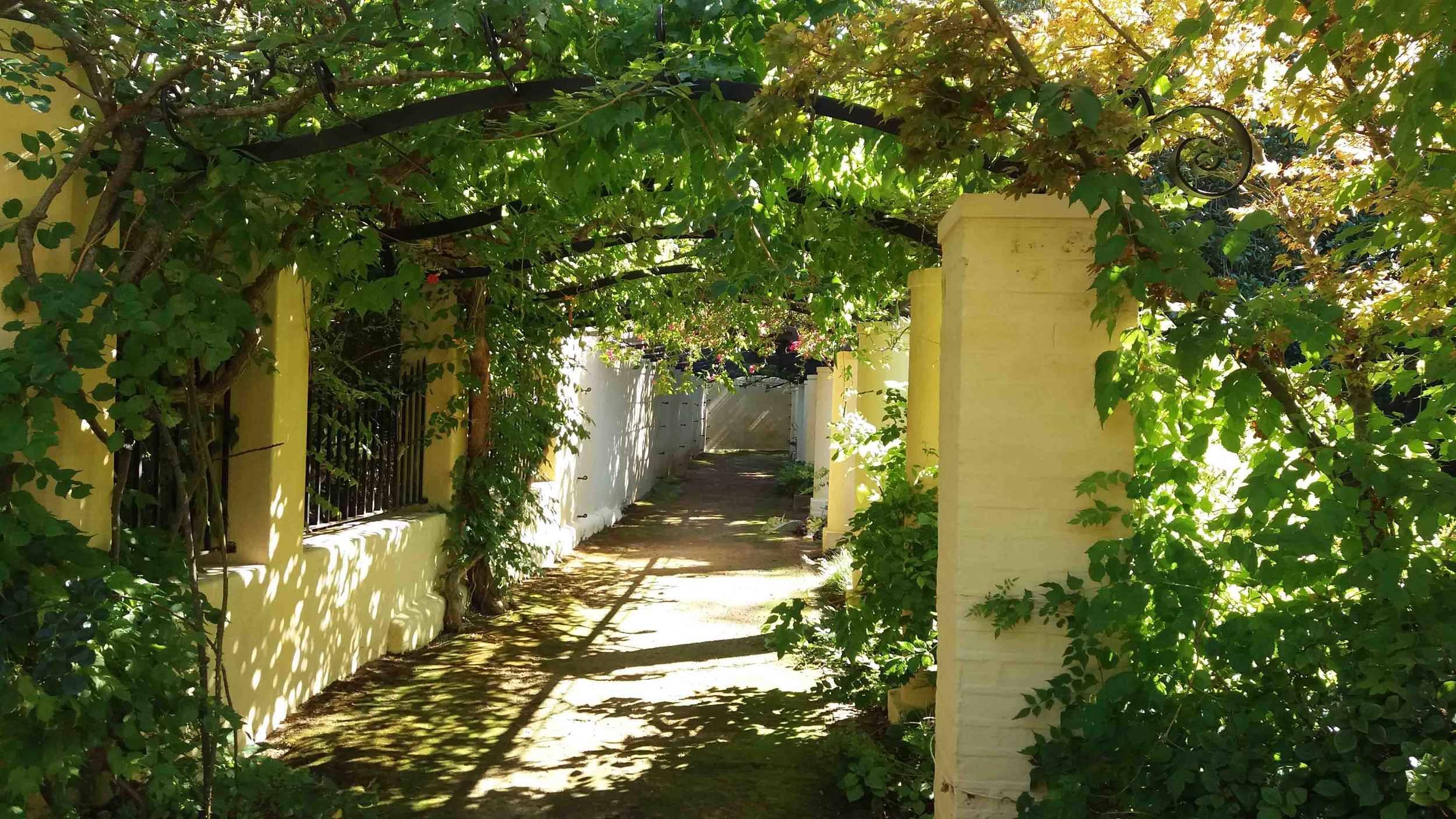Lovely lake with large slabs of stone where people can sit on its edge
Lots of grass and trees
When we were planning to visit Prague we asked our host to recommend some outdoor spaces that we could take our daughter to and one of the ones she recommended was Max van der Stoel Park. Travelling with a toddler is not the easiest but it helps that I actually love spending time in parks and would rather be outdoors than inside a museum anyway.
Prague is in fact a city that begs to be explored on foot with so much to see and experience in the outdoor realm. I was amazed by the beautiful sidewalks and took several pictures of the cobbles and the patterns and details they were constructed in.
Even the manholes are beautiful!
Variety of colours and textures in the sidewalk paving in Prague
So much attention to detail
Before I get carried away with describing the delightful vistas and beautiful buildings that are found in this magical city, let me get back to this gem of a park.
The central focal point is a long, linear water feature that is interactive and a real delight for little ones. You to get up close to the water that merrily winds its way to the bottom and it allows you to manipulate the stream in various ways.
Beautiful long linear interactive water feature
Start of the water feature - the source of the stream - follow it and have loads of fun!
The Park has comfortable seating and play equipment for children of various ages. The seating and most of the play equipment is made from timber so the park has a natural and warm feel to it. I liked the fine pebble crush that was used beneath the play equipment – a much nicer material than the rubber matting we mostly use in South Africa. It crossed my mind that a park like this would probably not be robust enough in a South African setting.
Play equipment has fine gravel surrounding - easy on children's feet. How does it not spread with no edging I wonder.
Pathways requiring some maintenance - gravel washed away by rain
Lots of trees have been planted and properly staked. Like every garden, maintenance is required and some of the gravel pathways have washed away. I am sure these will be quickly repaired.
Very nice chairs. Likely to be stolen if used in South Africa
Love the curving paving and curving chair
Visit http://www.praha.eu/jnp/en/life_in_prague/environment/park_for_everybody.html for more information. You can also view videos of the water feature posted on YouTube
It is situated on the tram line at Hládkov station and on Google Maps it is called Park Maxe van der Stoela. 50°05'27.7"N 14°23'10.5"E






















